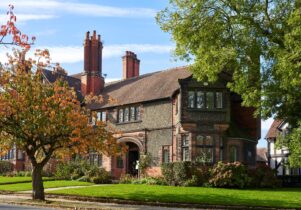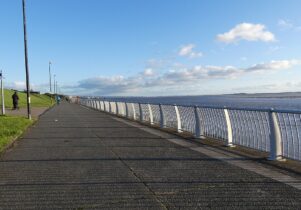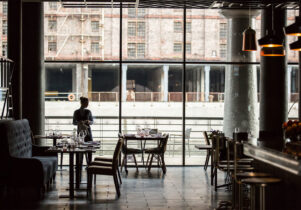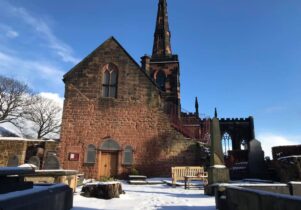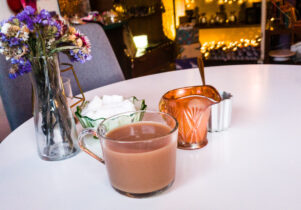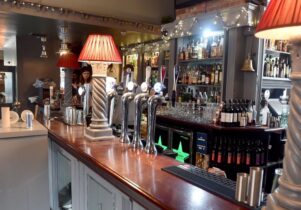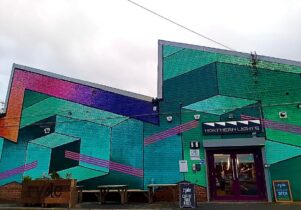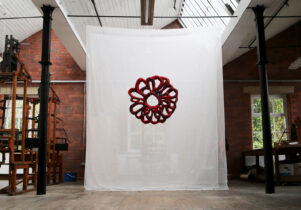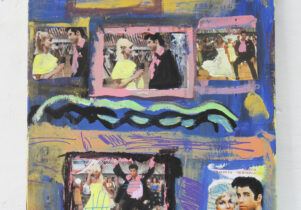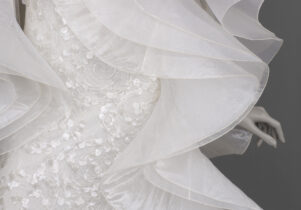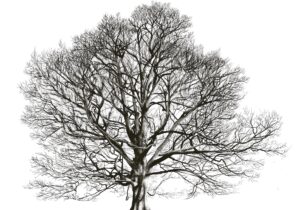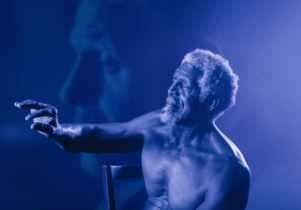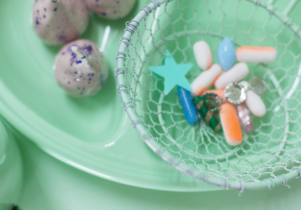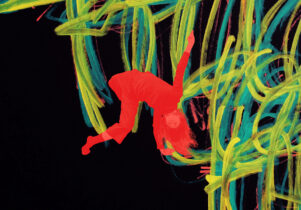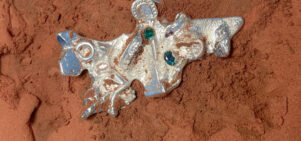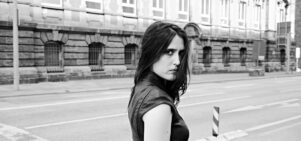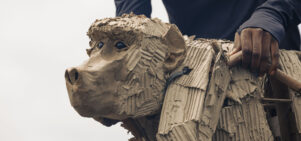The Last Bohemian: Augustus John at Lady Lever Art Gallery
Sara Jaspan, Exhibitions EditorVisit now
The Last Bohemian: Augustus John
Always double check opening hours with the venue before making a special visit.
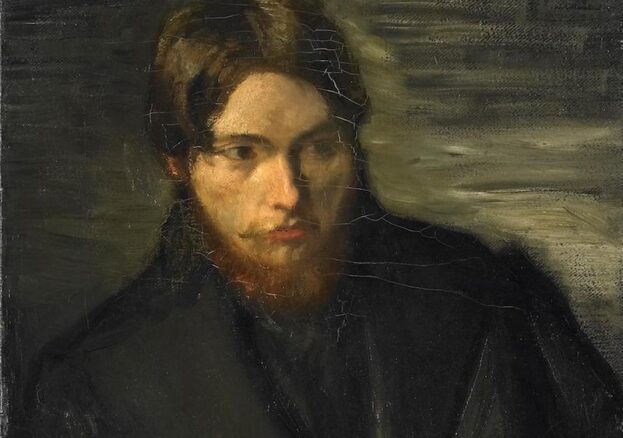
Known both as ‘the King of Bohemia’ and described in a stately manner in an obituary for The New York Times as ‘the grand old man of British painting’, Augustus John is widely considered one of the UK’s most iconic and controversial artists. (He was also brother to the esteemed female artist Gwen John.) By the turn of the 20thcentury, he had supplanted John Singer Sargent as England’s most fashionable portrait painter, thanks to his unerring desire to capture the ‘true character’ or personality of his sitters. This invariably resulted in paintings that highlighted some striking and previously unfamiliar aspect of the person, though which were deemed cruel by some.
A major exhibition of around 40 of his works at Lady Lever Art Gallery in the village of Port Sunlight a short train ride out of Liverpool will include his celebrated portraits of acclaimed poets William Butler Yeats and Dylan Thomas. One of the key highlights however will be his infamous ‘beheaded’ portrait of Lord Leverhulme – the founder of Port Sunlight and its gallery. Leverhulme had initially set out by describing himself as “an almost impossible subject to which no artist had done justice,” and was so hurt by the end result that he ended up cutting his own head out of the picture. When the painting was accidentally returned to the artist, John was deeply offended. The story was leaked to the press and became an international scandal, prompting strikes and protests across Europe against the treatment of the work and reigniting an age-old debate around the ownership of an art artwork and who gets to decide what happens to it after leaving the painter’s hands.
The Last Bohemian: Augustus John will also provide an insight into John’s life – an unconventional story in itself. The artist was known for his mood swings and ill-treatment of women, as well his artistic talent. He turned his family home into a commune and was fascinated by Romany culture and folklore, adopted aspects of a Travellers’ lifestyle, and became president of the Gypsy Lore Society. He was also active in the National Campaign for the Abolition of Capital Punishment and, just over a month before his death, joined the Committee of 100’s’ anti-nuclear weapons demonstration in Trafalgar Square, London.
John had a strong connection to Liverpool after moving to the city in 1901 to teach at the Liverpool School of Architecture and Applied Art (now part of the University of Liverpool). Sited not far away in sunny Port Sunlight, this should make for a great day out.
